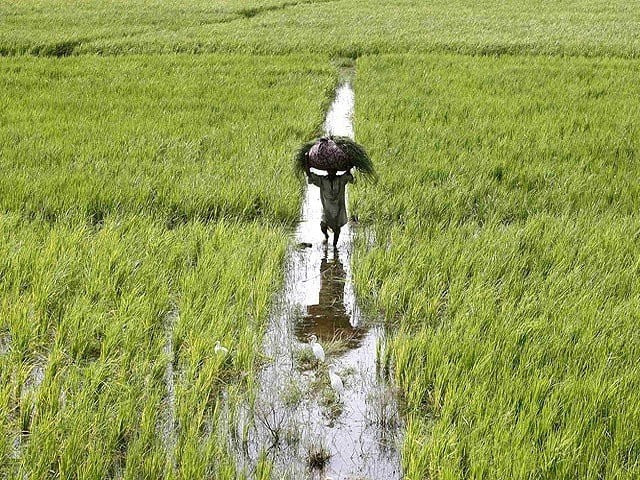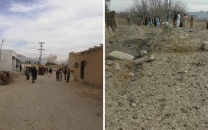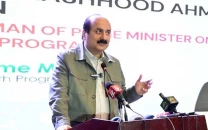New framework to boost crop yield
K-P aims that tribal growers adopt modern farming techniques

The Khyber-Pakhtunkhwa (K-P) government has planned a framework with the support of United Nations Development Programme (UNDP) for farmers of the tribal districts so that they could adopt modern techniques to produce more crops.
Under the project, Programming Approaches or Analytics and Measures Framework (PAMframe), the technical support would be provided by the Merged Areas Governance Project (MAGP) of the UNDP.
The farmers in the merged tribal districts were struggling to produce more crops by utilising all resources to meet the demand of the market amid higher prices of the yield. However, they failed as they lacked modern techniques.
Machinery, however, didn’t seem to be the answer and the provincial government planned the project as the idea emerged from a K-P cabinet meeting earlier this year when a conversation started about monitoring progress across the developing sectors in the merged districts.
According to experts, PAM frame would give a new vision to the government’s traditional planning process for development projects.
“A development project is introduced in the hope that it will secure multiple benefits for the public—sometimes the idea materialises but sometimes not,” said Kalsoom Rehman, who works as a planning officer at the provincial Agriculture Engineering Department.
Read Soan Valley farmers capitalise on cauliflower crop
Rehman added that farmers had realised that buying tractors was not going to help the agricultural department meet its long-term goals and that there were many layers to the problems farmers in the merged areas faced.
The experts also believed that the new planning tool strengthened linkages between the various government departments and evened out socio-economic development across the sectors.
“For example, if the government wants to construct a school, it first needs to define the number of students, teachers that could be enrolled before planning the blueprint of the building,” Bushra Aslam, an MAGP associate working on the PAM frames strategy said.
She stated that the government would also plan for number of teachers that would be needed to ensure quality education, adding it would have to plan for the power consumption and other capital investment since erecting a school building never improved literacy rate.
The policymakers wanted to ensure the government’s monetary investments were being utilised for the interventions in the most efficient manner to reap the desired growth on the grassroots level.
“In another two or three months, we will have a framework (PAMFrame) that will have a clearer picture about where the taxpayers’ money is going,” said Shakeel Qadir Khan, former K-P additional chief secretary.
“We will also be able to quantify the outcomes of the various development projects across sectors.” “Our current planning system is largely focused on launching a bunch of development projects and setting implementation targets. But what the system lacks is the ability to measure the impact of our development portfolio,” Qadir said.
The integration of the PAMframes within the system has been distinguished as a major step forward to streamline the planning of development schemes and initiatives of the provincial government.
Additionally, with the PAMframe planning tool, the government will be able to scan development projects more rigorously while deliberating on the allocation of funds for that initiative.



















COMMENTS
Comments are moderated and generally will be posted if they are on-topic and not abusive.
For more information, please see our Comments FAQ